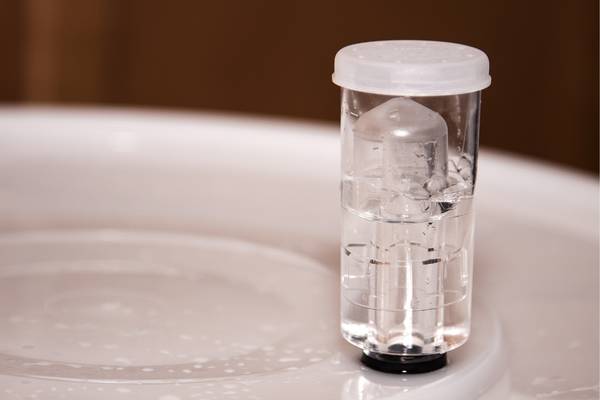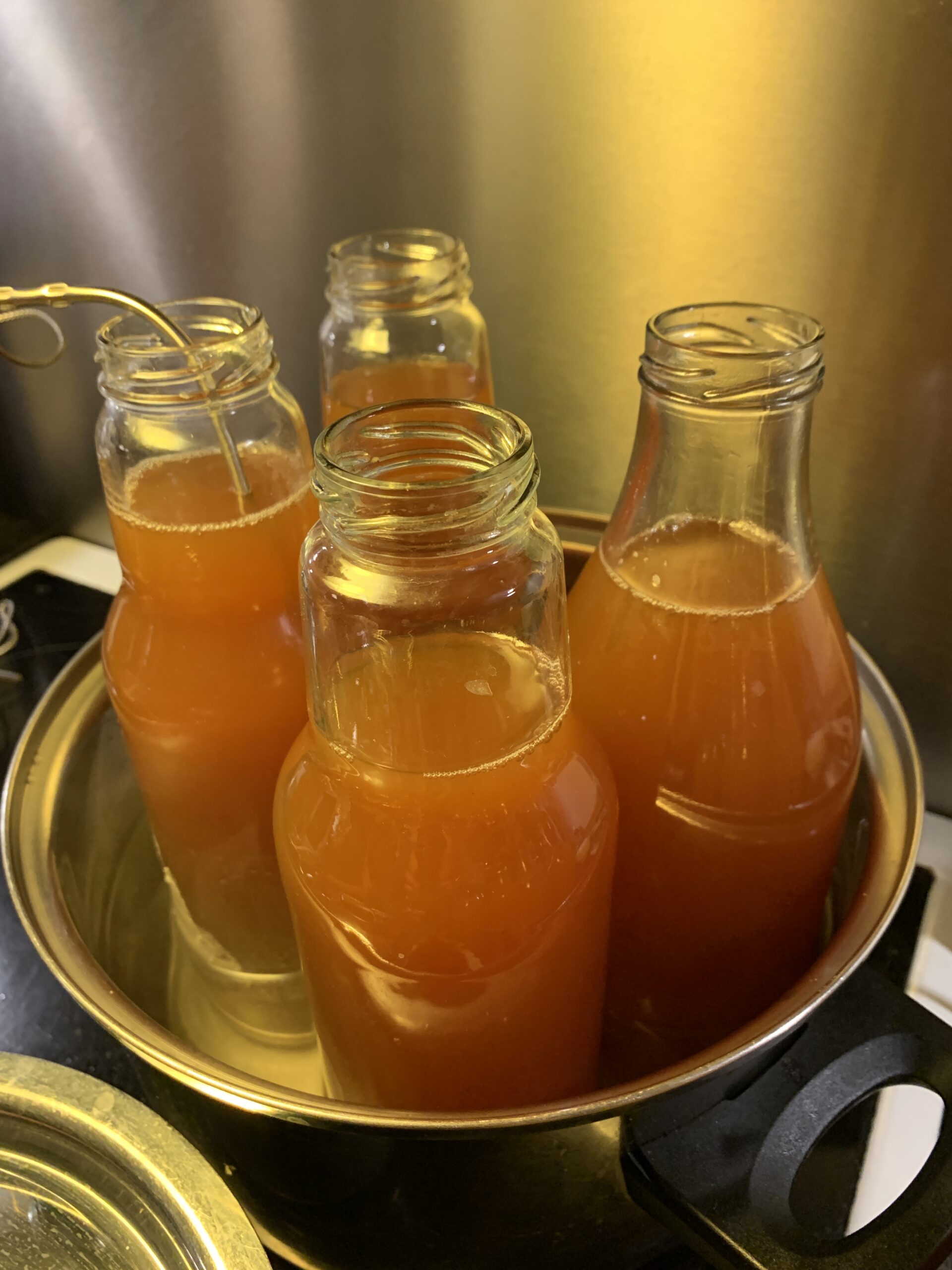Fermenting cider into hard cider is at one time a complex process but it is very simple to do. Mostly because you are not doing it, but the yeast cells are!
You might be surprised to learn that you cannot actually let cider ferment for too long, as the process will stop when the sugars are used up. However, this does not mean that you cannot leave your cider alone for too long!
As the process of fermentation reaches an end, the yeast will slowly die and sink to the bottom of your fermentation container.
The yeast will then hydrolyze, which releases components of the dead yeast cells into your brew. While this can add interesting flavors, it can certainly also ruin your cider if left for too long!
Another problem is that you will need some live yeast to perform secondary fermentation on the bottle, which is what adds the carbonation to your brew and a little yeast activity is needed for that.
How long does it take apple cider to ferment into alcohol?
The answer depends on a few factors, including the type of yeast you’re using and the temperature of your fermentation vessel.
For most setups, it takes about two to six weeks for the yeast in apple cider to ferment more than 90% of the sugars into alcohol.

However, I personally prefer to ferment at colder temperatures for longer as this retains more volatile compounds and gives are more pleasant taste profile. I usually also age my cider for a year or so, so I am not in a hurry to finish the primary fermentation.
Can you primary ferment too long?
The primary fermentation will if no intervention is made, run until all digestible sugars are used by the yeast cells.
You can only ferment for too long if you wish to keep some of the sugars in your brew before the yeast is naturally done with them.
If you wish to have a sweeter cider, you may intervene before the end of the fermentation to preserve some leftover sugars, but this is not always easy to do and will result in a somewhat unstable product on the bottle unless you are able to filter out or kill the yeast completely.
How to stop cider fermentation before the sugar is used up
One way to inhibit the yeast is to add sulfites or benzoic acid compounds (potassium sorbate). However, this is not a guarantee that the yeast will be completely dead and if it revives on the bottle the effect can be devastating (broken glass…).
The safest, but also more advanced and expensive, way to stop fermentation before time is to filter out the yeast as most modern breweries will do.
Another way is to pasteurize the fermenting product to kill off the yeast before it would naturally die from starvation. This, again, is a delicate process that will come at some risk of bottle explosions later on if not done correctly!

Apart from costs and uncertainty, stopping the fermentation early will also mean that you need more advanced equipment to perform carbonation in the end.
Normally the live yeast left in the brewing cider (even if it seems to be latent) will actively perform secondary fermentation and carbonate your cider naturally on the bottles.
How long can I leave cider in the primary fermenter?
In theory, you can leave your cider in the primary fermentation vessel for years as long as it does not let in oxygen!
The only downside will be that some of the flavorful compounds might evaporate through the airlock (which does not happen in an airtight capped bottle!), and that yeast will start to hydrolyze.
This process will depend on the type of yeast used and the temperature of brewing.
Hydrolyzing yeast will release cellular compounds that affect the taste in the direction of beer/sour beer, but this can add a nice layer of complexity if that fits your taste.

Some people, however, do not like the taste of yeast and prefer the crisp taste of cider without any beer-like aromas so they will benefit from moving the cider away from the primary vessel before long-term storage.
How do I know when my cider is done fermenting?
There are a few things you can look for:
1. The specific gravity of your cider should typically be below 1.010. You can measure this with a hydrometer. But it depends on the amount of non-fermentable sugars in the juice used but for most apples, this is a good rule of thumb. For pears, it will be slightly higher as they contain more sorbitol.
2. Your cider should be clear and not cloudy. This is a sign that all yeast is done fermenting and has sunk to the bottom. However, this only works for highly flocculating yeasts and usually not for wild yeasts or very cloudy juices.
3. There should be no more bubbles coming out of your airlock (this means that fermentation has slowed down or stopped). Again, this is a sign that the yeast is done fermenting the sugar and is dying off.

4. If you taste your cider, it should be dry and not sweet (this is why many people like to add sweetness back after fermentation is complete).
5. The pH of your cider might go up. If performing a wild fermentation at moderate temperatures, the lactic acid bacteria will convert malic acid to lactic acids resulting in a less sour brew.
How long to leave cider in secondary fermentation?
Once you’ve determined that your cider is done fermenting, you can move on to secondary fermentation if desired.
When the secondary fermentation is done, we would call the following phase the “aging” phase of the cider.

This is optional, but many people feel that it results in a better-tasting less bitter product. Secondary fermentation usually takes place in a glass carboy or bottle and takes anywhere from two weeks to two months, but most people do not transfer the cider from there! Except when they drink it…
The cider can be stored in many ways during this phase, and I have written much more about the topic of storing cider here.
Conclusion
In conclusion, you can ferment cider for a few weeks or up to a year, but you should determine when the cider is done fermenting by checking the specific gravity, pH, and bubbling activity of the brew.
You can also test the flavor by adding sweetness back after fermentation is complete. Finally, if secondary fermentation is desired, you will need to have equipment such as strong plastic or glass bottle to do so. You may also age your cider in oak caskets if you prefer the soft whiskey-like taste!
You can let cider ferment for a long time, but it is important to be aware of the potential risks. If you are not careful, you could end up with a batch of ruined cider! It is important to understand the process of fermentation and how to stop it before it goes too far.




